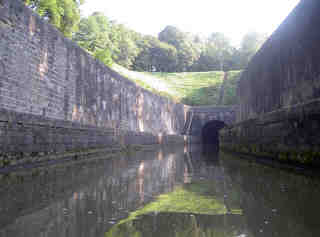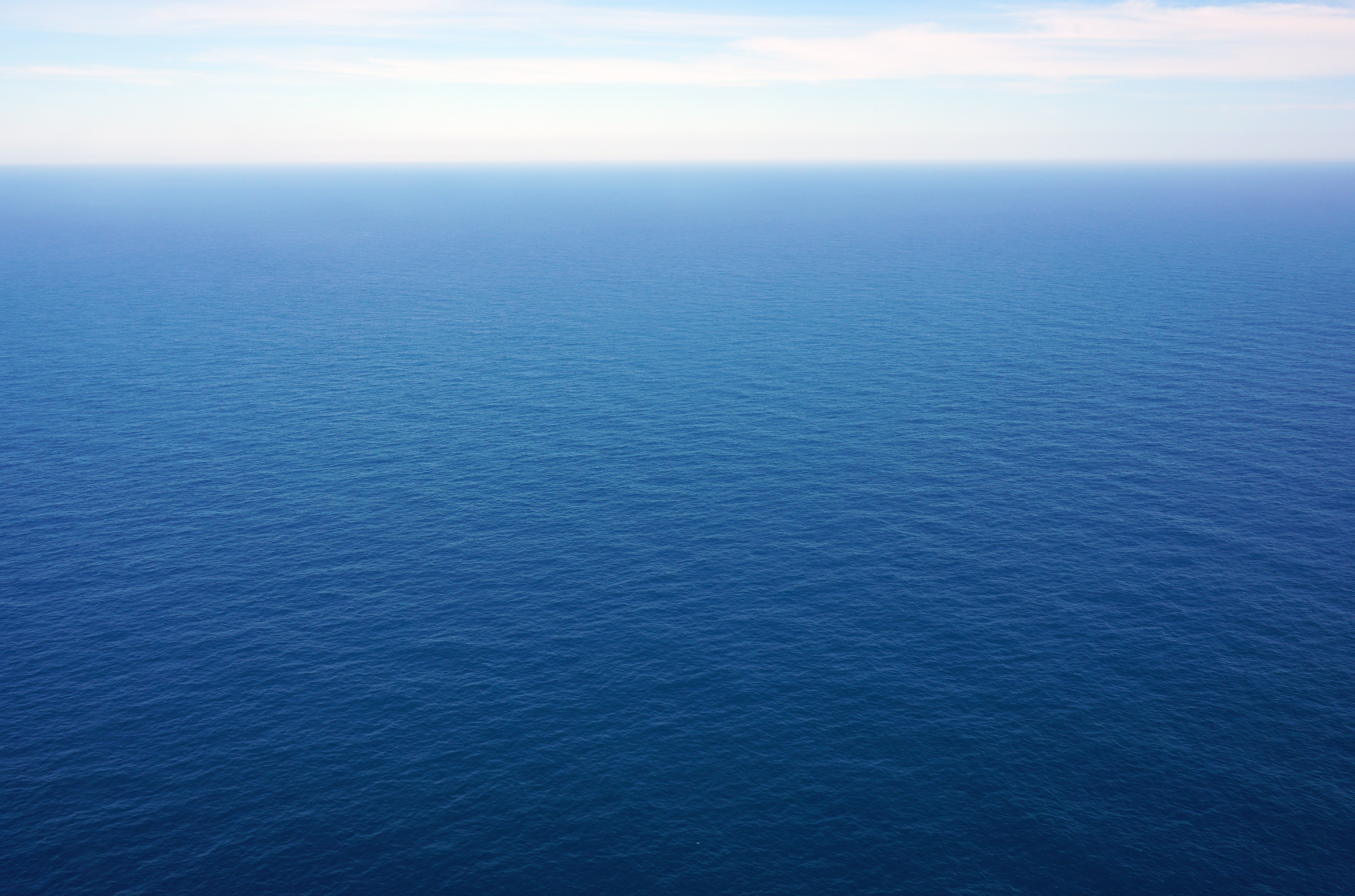|
Souconna (mythology)
Souconna is a Celtic goddess, the deity of the river Saône at Chalon-sur-Saône, to whom epigraphic Epigraphy () is the study of inscriptions, or epigraphs, as writing; it is the science of identifying graphemes, clarifying their meanings, classifying their uses according to dates and cultural contexts, and drawing conclusions about the wr ... invocation was made. References * ''Dictionary of Celtic Myth and Legend''. Miranda Green. Thames and Hudson Ltd. London. 1997 Gaulish goddesses Sea and river goddesses Personifications of rivers {{Celt-myth-stub ... [...More Info...] [...Related Items...] OR: [Wikipedia] [Google] [Baidu] |
Celtic Polytheism
Ancient Celtic religion, commonly known as Celtic paganism, was the religion of the ancient Celts, Celtic peoples of Europe. Because there are no extant native records of their beliefs, evidence about their religion is gleaned from archaeology, Greco-Roman accounts (some of them hostile and probably not well-informed), and literature from the early Christian period.Miranda Aldhouse-Green, Green, Miranda (2012). "Chapter 25: The Gods and the supernatural", ''The Celtic World''. Routledge. pp.465–485 Celtic paganism was one of a larger group of polytheistic Indo-European religion, Indo-European religions of Iron Age Europe. While the List of Celtic deities, specific deities worshipped varied by region and over time, underlying this were broad similarities in both Celtic deities, deities and "a basic religious homogeneity" among the Celtic peoples. Widely worshipped Celtic gods included Lugus, Toutatis, Taranis, Cernunnos, Epona, Maponos, Belenos, and Sucellos. Sacred springs we ... [...More Info...] [...Related Items...] OR: [Wikipedia] [Google] [Baidu] |
Saône
The Saône ( , ; ; ) is a river in eastern France (modern Regions of France, region of Bourgogne-Franche-Comté). It is a right tributary of the Rhône, rising at Vioménil in the Vosges (department), Vosges Departments of France, department and joining the Rhône in Lyon, at the southern end of the Presqu'île. Terminology The name derives from that of the Celtic mythology, Gallic river goddess Souconna (mythology), Souconna, which has also been connected with a local Celts, Celtic tribe, the Sequani, Sequanes. Monk, Monastic copyists progressively transformed ''Souconna'' to ''Saoconna'', which ultimately gave rise to . The other recorded ancient names for the river were and . The name ''Arar'' later gave rise to specific regional terms in historiography, created to designate various northern parts of History of Burgundy, historical Burgundy in relation to the river Saône. Depending on the point of view of a particular author, northern Burgundian lands were thus designated ... [...More Info...] [...Related Items...] OR: [Wikipedia] [Google] [Baidu] |
Chalon-sur-Saône
Chalon-sur-Saône (, literally ''Chalon on Saône'') is a city in the Saône-et-Loire Departments of France, department in the Regions of France, region of Bourgogne-Franche-Comté in eastern France. It is a Subprefectures in France, sub-prefecture of the department. It is the largest city in the department; however, the department capital is the smaller city of Mâcon. Geography Chalon-sur-Saône lies in the south of the Bourgogne-Franche-Comté and in the east of France, approximately north of Mâcon. It is located on the Saône river, and was once a busy port, acting as a distribution point for local wines which were sent up and down the Saône river and the Canal du Centre (France), Canal du Centre, opened in 1792. History Ancient times Though the site (ancient ''Cabillonum'') was a capital of the Aedui and objects of La Tène culture have been retrieved from the bed of the river here, the first mention of ''Cavillonum'' is found in Commentarii de Bello Gallico (VII, chs. ... [...More Info...] [...Related Items...] OR: [Wikipedia] [Google] [Baidu] |
Epigraphic
Epigraphy () is the study of inscriptions, or epigraphs, as writing; it is the science of identifying graphemes, clarifying their meanings, classifying their uses according to dates and cultural contexts, and drawing conclusions about the writing and the writers. Specifically excluded from epigraphy are the historical significance of an epigraph as a document and the artistic value of a literary composition. A person using the methods of epigraphy is called an ''epigrapher'' or ''epigraphist''. For example, the Behistun inscription is an official document of the Achaemenid Empire engraved on native rock at a location in Iran. Epigraphists are responsible for reconstructing, translating, and dating the trilingual inscription and finding any relevant circumstances. It is the work of historians, however, to determine and interpret the events recorded by the inscription as document. Often, epigraphy and history are competences practised by the same person. Epigraphy is a primary ... [...More Info...] [...Related Items...] OR: [Wikipedia] [Google] [Baidu] |
Miranda Green (academic)
Miranda Jane Aldhouse-Green, (''née'' Aldhouse; born 24 July 1947) is a British archaeologist and academic, known for her research on the Iron Age and the Celts. She was Professor of Archaeology at Cardiff University from 2006 to 2013. Until about 2000, she published as Miranda Green or Miranda J. Green. Early life and education She took her first degree at Cardiff University, her MLitt at Lady Margaret Hall, Oxford in 1974, and a PhD from The Open University in 1981. Academic career Aldhouse-Green was a member of the faculty at the University of Wales, Newport between 1993 and 2006, being appointed Professor of Archaeology in 1998. She previously held appointments at Worthing and Peterborough Museums and the Open University in Wales. Aldhouse-Green was a Fellow of the Society of Antiquaries of London (FSA) after her election in November 1979. She is a former Vice-President (2002), then President of The Prehistoric Society and has been included in Who's Who since 2004. ... [...More Info...] [...Related Items...] OR: [Wikipedia] [Google] [Baidu] |
Gaulish Goddesses
Gaulish is an extinct Celtic language spoken in parts of Continental Europe before and during the period of the Roman Empire. In the narrow sense, Gaulish was the language of the Celts of Gaul (now France, Luxembourg, Belgium, most of Switzerland, Northern Italy, as well as the parts of the Netherlands and Germany on the west bank of the Rhine). In a wider sense, it also comprises varieties of Celtic that were spoken across much of central Europe (" Noric"), parts of the Balkans, and Anatolia (" Galatian"), which are thought to have been closely related. The more divergent Lepontic of Northern Italy has also sometimes been subsumed under Gaulish. Together with Lepontic and the Celtiberian spoken in the Iberian Peninsula, Gaulish is a member of the geographic group of Continental Celtic languages. The precise linguistic relationships among them, as well as between them and the modern Insular Celtic languages, are uncertain and a matter of ongoing debate because of their sparse ... [...More Info...] [...Related Items...] OR: [Wikipedia] [Google] [Baidu] |
Sea And River Goddesses
A sea is a large body of water, body of salt water. There are particular seas and the sea. The sea commonly refers to the ocean, the interconnected body of seawaters that spans most of Earth. List of seas on Earth, Particular seas are either List of seas on Earth#Marginal seas by ocean, marginal seas, second-order sections of the oceanic sea (e.g. the Mediterranean Sea), or certain large, nearly landlocked bodies of water. The salinity of water bodies varies widely, being lower near the surface and the mouths of large rivers and higher in the depths of the ocean; however, the relative proportions of dissolved salts vary little across the oceans. The most abundant solid dissolved in seawater is sodium chloride. The water also contains salt (chemistry), salts of magnesium, calcium, potassium, and mercury (element), mercury, among other elements, some in minute concentrations. A wide marine life, variety of organisms, including bacteria, protists, algae, plants, fungus, fungi, and ... [...More Info...] [...Related Items...] OR: [Wikipedia] [Google] [Baidu] |



